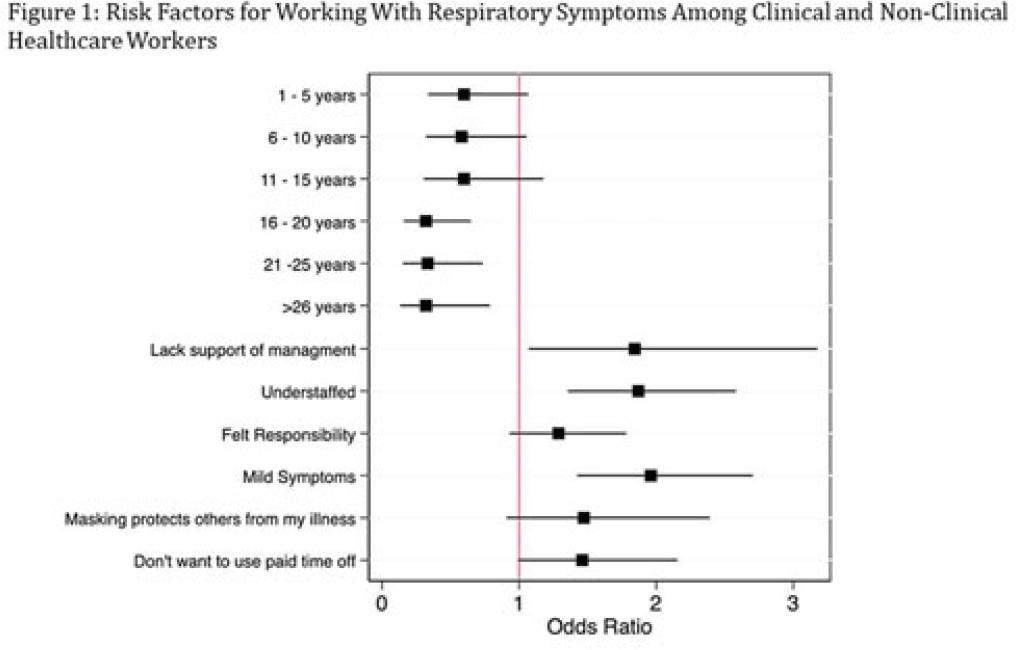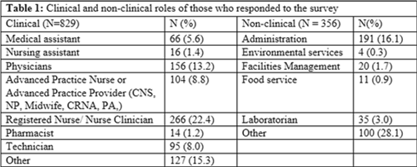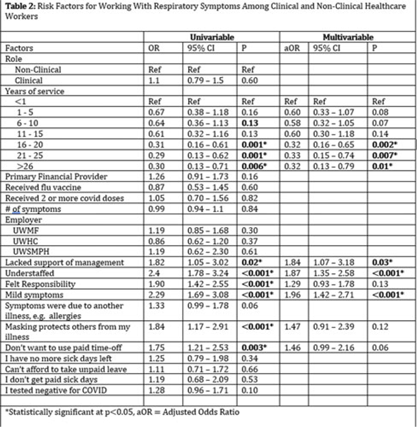169 results
Relative associations of behavioral and physiological risks for cardiometabolic disease with cognition in bipolar disorder during mid and later-life: findings from the UK biobank
-
- Journal:
- Psychological Medicine , First View
- Published online by Cambridge University Press:
- 02 April 2024, pp. 1-11
-
- Article
-
- You have access
- Open access
- HTML
- Export citation
Patterns of residential differentiation and labor control at Baking Pot and Lower Dover in the Belize River Valley
-
- Journal:
- Ancient Mesoamerica / Volume 34 / Issue 3 / Fall 2023
- Published online by Cambridge University Press:
- 28 March 2024, e9
- Print publication:
- Fall 2023
-
- Article
-
- You have access
- Open access
- HTML
- Export citation
The recursive nature of ownership intuitions
-
- Journal:
- Behavioral and Brain Sciences / Volume 46 / 2023
- Published online by Cambridge University Press:
- 10 October 2023, e349
-
- Article
- Export citation
Radiofrequency ice dielectric measurements at Summit Station, Greenland
-
- Journal:
- Journal of Glaciology , First View
- Published online by Cambridge University Press:
- 09 October 2023, pp. 1-12
-
- Article
-
- You have access
- Open access
- HTML
- Export citation
Factors influencing healthcare personnel decision making to work with respiratory symptoms during the COVID-19 pandemic
-
- Journal:
- Antimicrobial Stewardship & Healthcare Epidemiology / Volume 3 / Issue S2 / June 2023
- Published online by Cambridge University Press:
- 29 September 2023, pp. s57-s58
-
- Article
-
- You have access
- Open access
- Export citation
Shared sorrow, shared costs: cost-effectiveness analysis of the Empowerment group therapy approach to treat affective disorders in refugee populations
-
- Journal:
- BJPsych Open / Volume 9 / Issue 4 / July 2023
- Published online by Cambridge University Press:
- 22 June 2023, e113
-
- Article
-
- You have access
- Open access
- HTML
- Export citation
Processing of social and monetary rewards in autism spectrum disorders
-
- Journal:
- The British Journal of Psychiatry / Volume 222 / Issue 3 / March 2023
- Published online by Cambridge University Press:
- 26 January 2023, pp. 100-111
- Print publication:
- March 2023
-
- Article
-
- You have access
- Open access
- HTML
- Export citation
Index
-
- Book:
- Estimative Intelligence in European Foreign Policymaking
- Published by:
- Edinburgh University Press
- Published online:
- 21 October 2023
- Print publication:
- 31 October 2022, pp 329-351
-
- Chapter
- Export citation
Introduction: Estimative Intelligence and Anticipatory Foreign Policy
-
-
- Book:
- Estimative Intelligence in European Foreign Policymaking
- Published by:
- Edinburgh University Press
- Published online:
- 21 October 2023
- Print publication:
- 31 October 2022, pp 1-26
-
- Chapter
- Export citation
References
-
- Book:
- Estimative Intelligence in European Foreign Policymaking
- Published by:
- Edinburgh University Press
- Published online:
- 21 October 2023
- Print publication:
- 31 October 2022, pp 291-328
-
- Chapter
- Export citation
Contents
-
- Book:
- Estimative Intelligence in European Foreign Policymaking
- Published by:
- Edinburgh University Press
- Published online:
- 21 October 2023
- Print publication:
- 31 October 2022, pp v-vi
-
- Chapter
- Export citation
Acknowledgements
-
- Book:
- Estimative Intelligence in European Foreign Policymaking
- Published by:
- Edinburgh University Press
- Published online:
- 21 October 2023
- Print publication:
- 31 October 2022, pp xi-xii
-
- Chapter
- Export citation
List of Contributors
-
- Book:
- Estimative Intelligence in European Foreign Policymaking
- Published by:
- Edinburgh University Press
- Published online:
- 21 October 2023
- Print publication:
- 31 October 2022, pp vii-x
-
- Chapter
- Export citation
Frontmatter
-
- Book:
- Estimative Intelligence in European Foreign Policymaking
- Published by:
- Edinburgh University Press
- Published online:
- 21 October 2023
- Print publication:
- 31 October 2022, pp i-iv
-
- Chapter
- Export citation

Estimative Intelligence in European Foreign Policymaking
- Learning Lessons from an Era of Surprise
-
- Published by:
- Edinburgh University Press
- Published online:
- 21 October 2023
- Print publication:
- 31 October 2022
1 - Expectations from Estimative Intelligence and Anticipatory Foreign Policy: A Realistic Appraisal
-
-
- Book:
- Estimative Intelligence in European Foreign Policymaking
- Published by:
- Edinburgh University Press
- Published online:
- 21 October 2023
- Print publication:
- 31 October 2022, pp 27-68
-
- Chapter
- Export citation
Deactivation study on zeolite materials using XPS and STEM characterization
-
- Journal:
- Microscopy and Microanalysis / Volume 28 / Issue S1 / August 2022
- Published online by Cambridge University Press:
- 22 July 2022, pp. 2472-2474
- Print publication:
- August 2022
-
- Article
-
- You have access
- Export citation
100,000 Diffraction Patterns per Second with Live Processing for 4D-STEM
-
- Journal:
- Microscopy and Microanalysis / Volume 28 / Issue S1 / August 2022
- Published online by Cambridge University Press:
- 22 July 2022, pp. 422-424
- Print publication:
- August 2022
-
- Article
-
- You have access
- Export citation
The prescriber’s guide to classic MAO inhibitors (phenelzine, tranylcypromine, isocarboxazid) for treatment-resistant depression
-
- Journal:
- CNS Spectrums / Volume 28 / Issue 4 / August 2023
- Published online by Cambridge University Press:
- 15 July 2022, pp. 427-440
-
- Article
-
- You have access
- Open access
- HTML
- Export citation
In situ, broadband measurement of the radio frequency attenuation length at Summit Station, Greenland
-
- Journal:
- Journal of Glaciology / Volume 68 / Issue 272 / December 2022
- Published online by Cambridge University Press:
- 30 May 2022, pp. 1234-1242
-
- Article
-
- You have access
- Open access
- HTML
- Export citation










